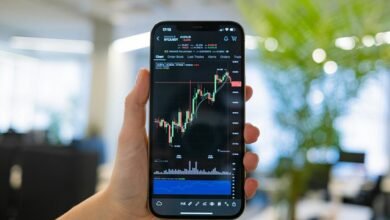Caller Safety Surveillance Regulation Tracking Division 3459207755 3896226157 3883248225 3474100572 3533345715 3895263023

The Caller Safety Surveillance Regulation Tracking Division monitors key telecommunication numbers such as 3459207755 and 3896226157. Its primary role is to ensure compliance with regulatory standards, enhancing security while addressing privacy concerns. This balance is critical for maintaining user trust and accountability among service providers. As the landscape of communication evolves, the implications of these regulations may take on new dimensions, prompting further examination of their effectiveness and adaptability.
The Role of Caller Safety Surveillance
Although caller safety surveillance may seem like a mere procedural formality, it plays a critical role in enhancing the security and integrity of communication systems.
By ensuring accurate caller identification, this surveillance mechanism fosters trust among users, while simultaneously safeguarding privacy protection.
It effectively mitigates risks associated with fraudulent activities and unauthorized access, thereby contributing to a more secure environment for open communication.
Key Functions of the Regulation Tracking Division
The Regulation Tracking Division serves as a pivotal component in the broader framework of caller safety surveillance, ensuring compliance with established standards and protocols.
Its key functions include rigorous data monitoring to gather insights on caller interactions and compliance enforcement to uphold regulatory mandates.
This division plays an essential role in fostering a secure telecommunication environment, promoting accountability among service providers while safeguarding user rights.
Impact on Telecommunication Practices
A significant impact on telecommunication practices has emerged as a direct consequence of the Caller Safety Surveillance Regulation.
Enhanced caller identification mechanisms have been implemented, improving transparency in communications.
However, this advancement raises privacy concerns, as individuals may feel their personal information is more vulnerable.
Balancing caller security with privacy rights remains a critical challenge for regulators and telecommunication providers alike.
Future Directions for Caller Safety
As the landscape of telecommunication practices evolves under the Caller Safety Surveillance Regulation, attention turns to the future directions for caller safety.
Enhanced caller identification systems must balance efficiency with robust privacy protection measures.
Future strategies may include integrating advanced encryption technologies, fostering public awareness about risks, and developing standardized protocols to ensure that user autonomy is preserved while maintaining security in communication practices.
Conclusion
In a world increasingly interconnected through technology, the Caller Safety Surveillance Regulation Tracking Division embodies a critical intersection of security and privacy. As it diligently monitors numbers like 3459207755 and 3896226157, it unwittingly connects countless individuals, each with their own story. This collective vigilance not only safeguards users against fraudulent activities but also emphasizes the shared responsibility of service providers. Coincidentally, in protecting one caller, the division fortifies the safety of an entire community, fostering trust in communication.




